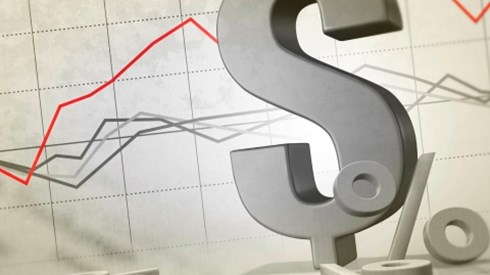Questions Remain over Newfound Reinsurance Underwriting Discipline

September 04, 2019

The global reinsurance market as a whole has exhibited more underwriting control as evidenced by a holding back of capacity at the midyear 2019 renewals; however, questions remain over the sustainability of this newfound discipline, according to AM Best.
AM Best said the days of large catastrophic events triggering widespread market hardening are gone, replaced by pockets of microcycles, based on geography and loss experience. The 2017–2018 catastrophes showed how the overall reinsurance market failed to recognize and price for the fundamental changes that had occurred operationally and structurally in Florida's property market.
Further, the 2018 California wildfires and Typhoon Jebi in Japan also caught many underwriters and capacity providers by surprise, due to a failure to manage appropriately and adequately price for the actual underlying risk. The failure of some reinsurers to adapt to changing market dynamics has resulted in the global reinsurance composite producing a 5-year average combined ratio (2014–2018) of 97.6 percent and a return on equity of 6.0 percent.
AM Best said the evolution of the market can favor reinsurers if they embrace change and innovation in their business models. While technology can be a key driver of change, it is not the only one. Paramount to the continued evolution in the reinsurance sector have been new, cheaper sources of capital on one end and more-inventive ways to source risk on the other.
Third-party capital continues to proliferate as investor interest has increased alongside more varied reinsurance structures and has become more closely aligned with traditional reinsurance capital. Despite the capital markets' increased influence, dedicated reinsurance capacity essentially remained flat in 2018, at $436 billion, with a single-digit percentage increase in convergence capital to $95 billion from $87 billion in 2017.
AM Best expects this trend to continue in 2019 and observed as third-party capital providers and traditional reinsurers pushed through increased rates at the midyear renewal for US and Japanese programs. However, AM Best is concerned that supply-demand considerations drove the underwriting discipline as much as the pricing models and therefore fear that overcapacity could push pricing to irrational levels again.
With the costly disasters of 2017 and 2018, reinsurers have entered into a period of seismic change. AM Best believes no two market cycles are ever quite the same, and so reinsurers that reposition their portfolios tactically could be better prepared for whatever challenges lie on the horizon. "Like the proverbial 'generals always fight the last war,' many reinsurers that allow past performance to shape their expectations of future performance will be the ones more likely to be caught off-guard again," said Scott Mangan, associate director.
AM Best's market segment outlook on the global reinsurance sector remains stable, primarily reflecting a more stabilized, non-life pricing environment, as well as a stable market environment in the global life reinsurance segment. Although the operating and competitive landscapes of these two major reinsurance business segments are distinct, the resulting diversification benefits the global reinsurance segment from an overall earnings perspective. Going forward, particularly for non-life reinsurers, the question is whether the lessons learned will result in any meaningful and sustainable change in the market.
Copyright © 2019 A.M. Best Company, Inc., and/or its affiliates ALL RIGHTS RESERVED
September 04, 2019



